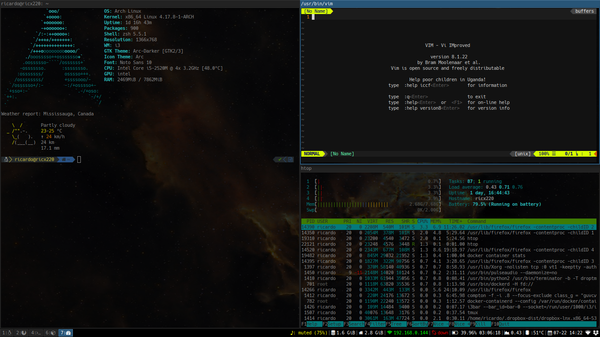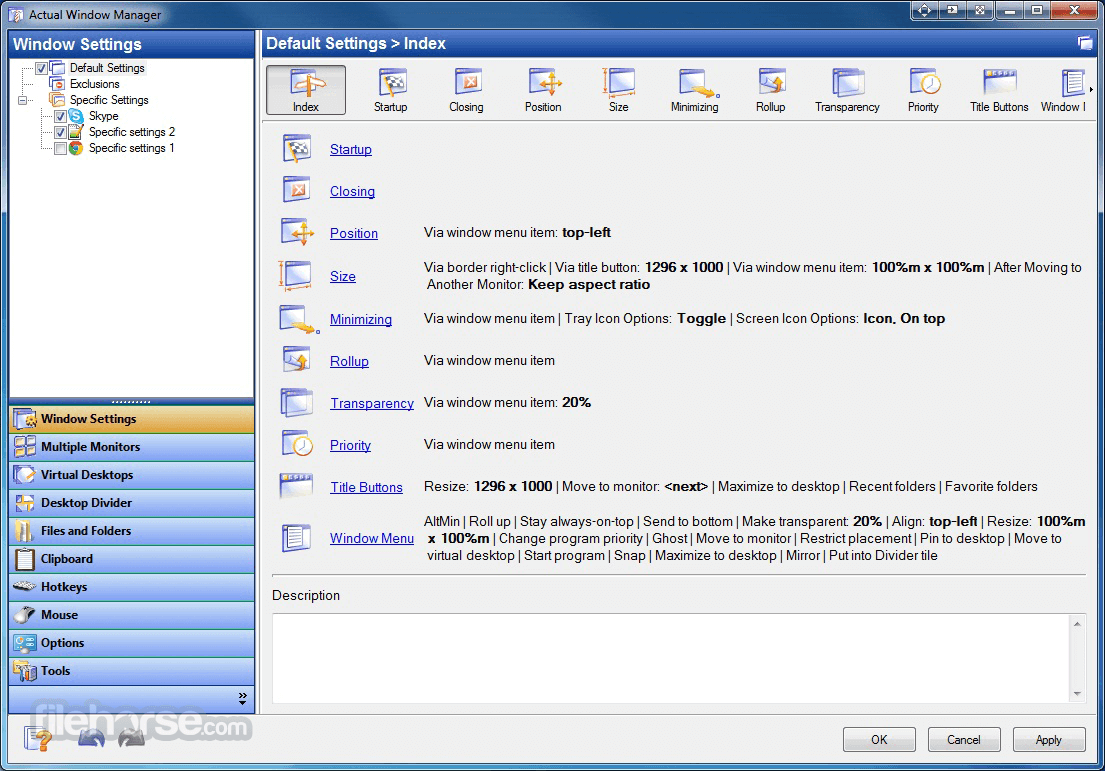

It seems to me like that covers 99% of use cases. i3 comes last in my preferences because it adds a bit more friction to this with it's concept of containers. The only thing you can't do is have windows overlap so you can only see part of their contents. I can resize the vertical and horizontal splits, add or remove splits and cycle between the splits and the windows they display with regular emacs commands. For example I can hit C-x 3 to split my screen in half vertically then C-x 2 to split one of the vertical splits horizontally. So in exwm I can chose how to position and resize my windows any way I want. My favorite tiling window managers in order of preference would probably be exwm (emacs wm) -> stumpwm -> ratpoison -> i3.

You may be talking about auto-tilers like xmonad. I find this so inefficient, exhausting and, first and foremost, something that should be avoidable. It takes a bit of time to get used to it, especially since most tilling window manager I've used require a bit of customisation to bet to my taste but once I've been used to it, going back to clicking on menus, moving things around with a mouse or a touchpad is just not possible. Even the few times I need to resize windows, it's such a pleasure to resize all the windows of the current workspace in one go with a simple keyboard shortcut. * Finally, and this is the most important win for me, it is easy to manage everything with a keyboard. * Combine with workspaces and multiple monitors makes working with a lot of windows so much easier It removes the constant needs of organizing window * Almost never require to resize or position a window, the window manager optimise the layout for you. Tilling window managers for me brings a few things: I find floating window manager like Windows, MacOS, Gnome, Kde really inefficient at managing screen space.


 0 kommentar(er)
0 kommentar(er)
